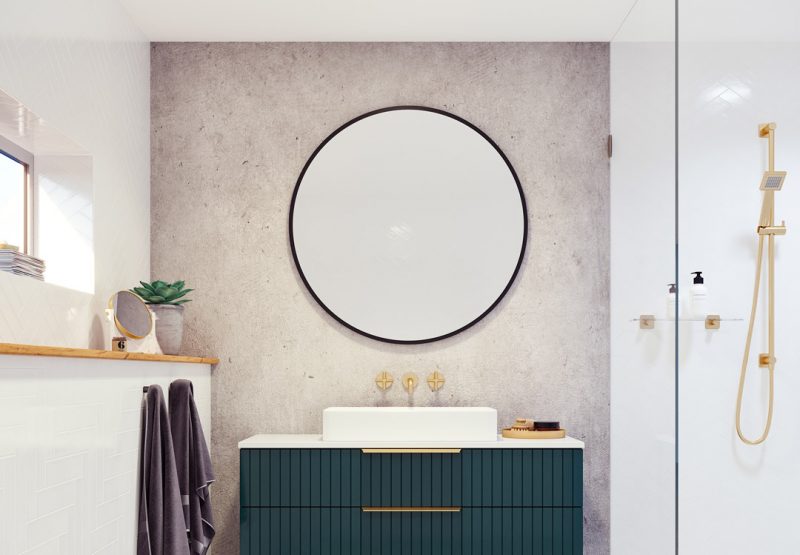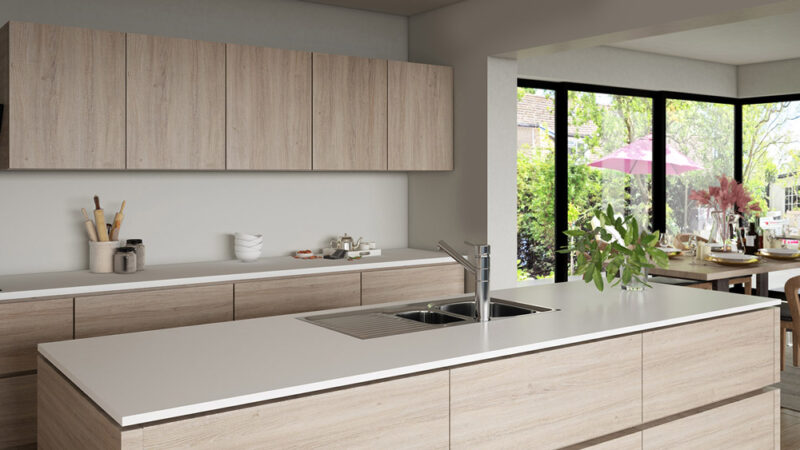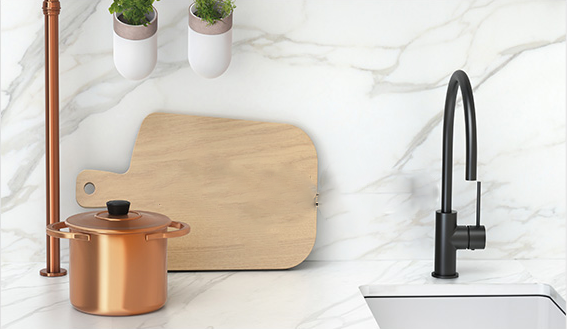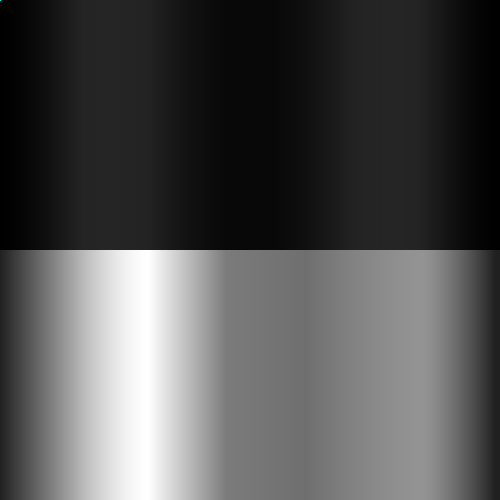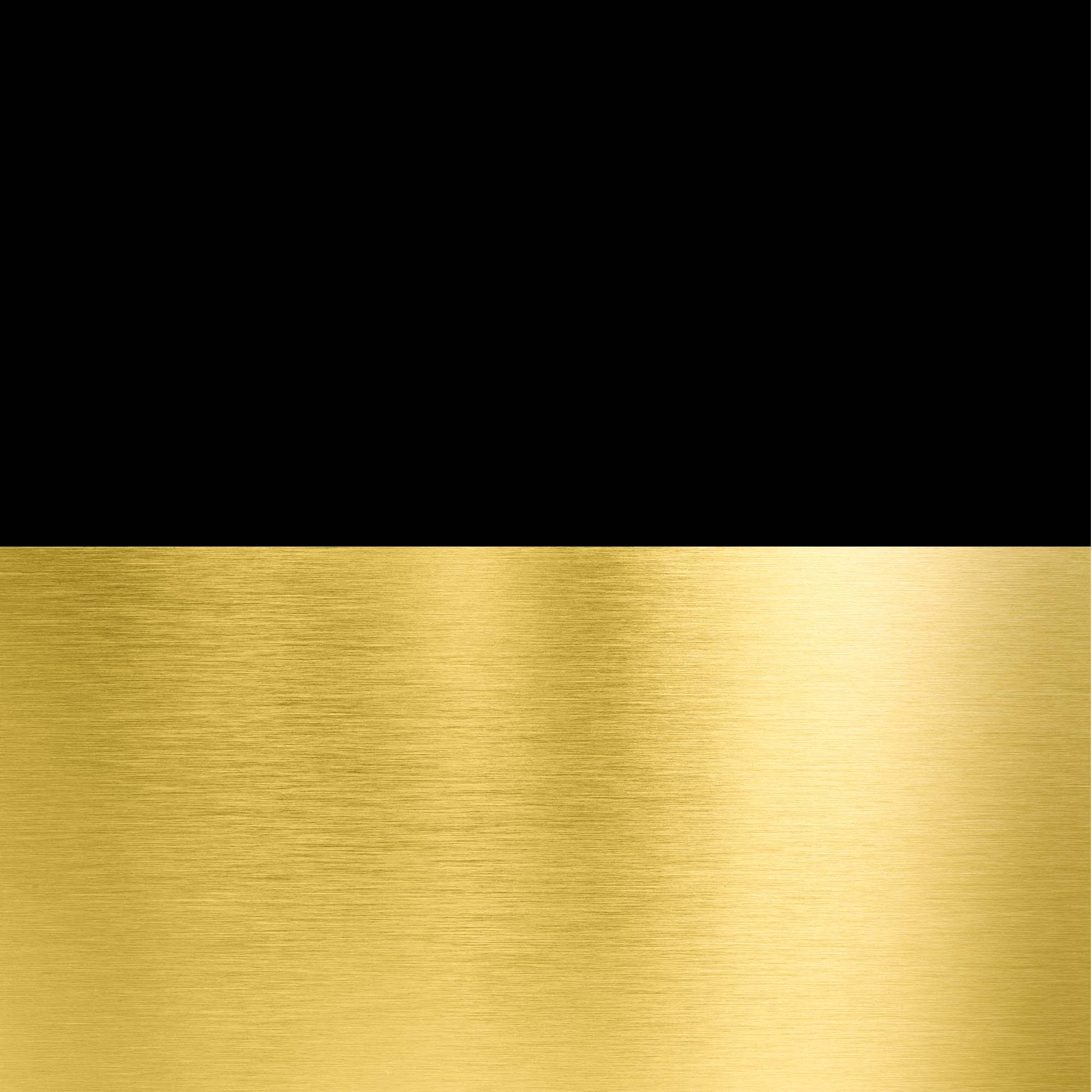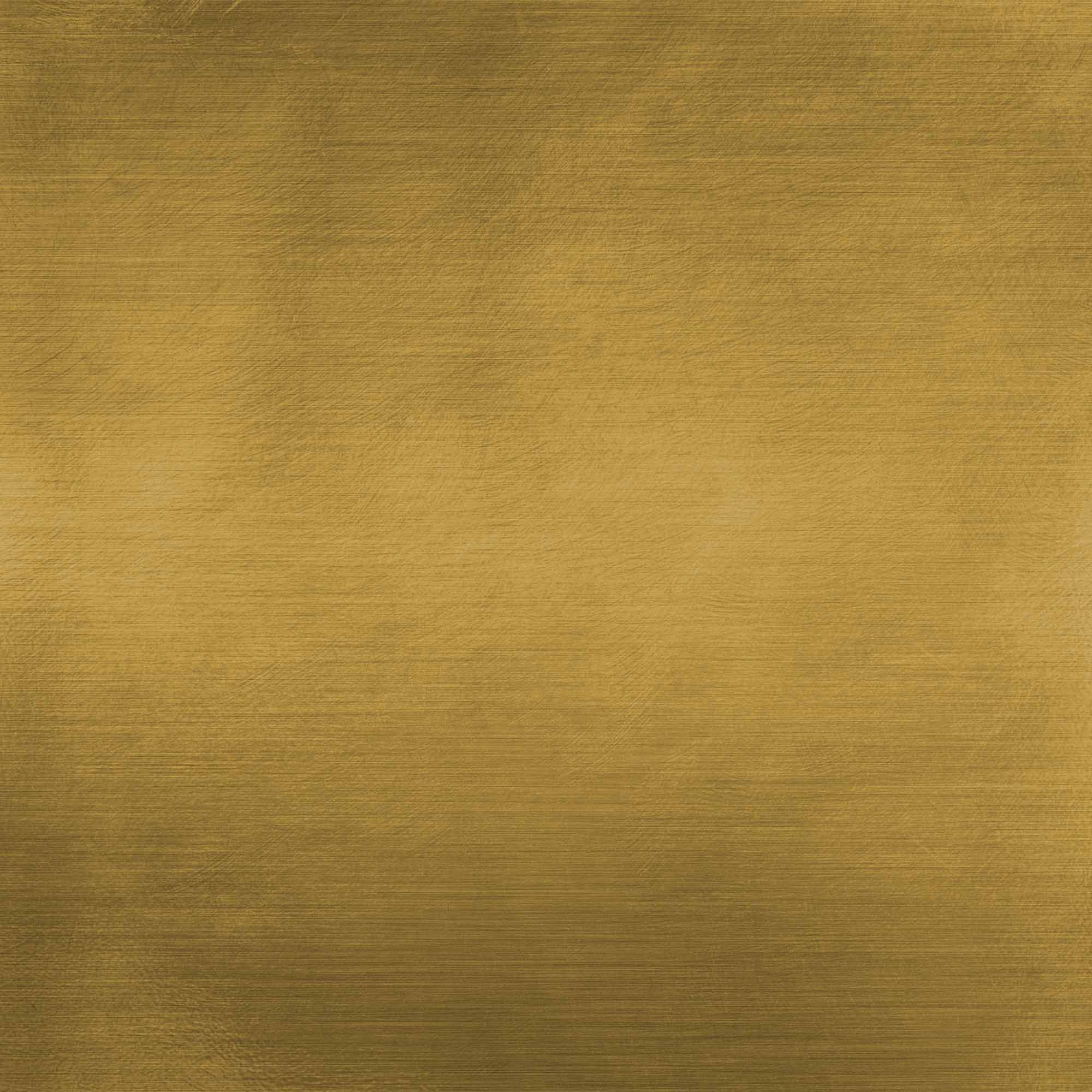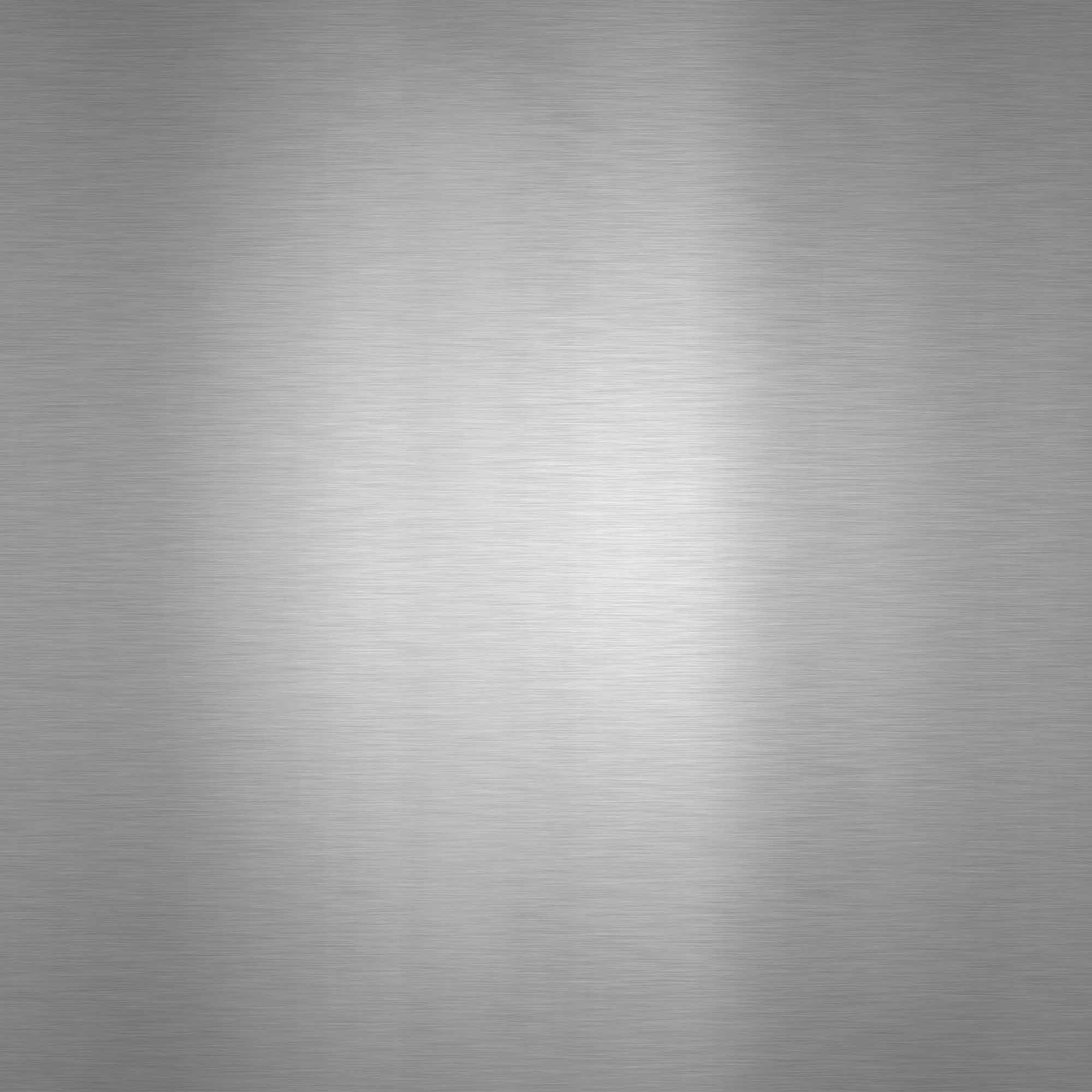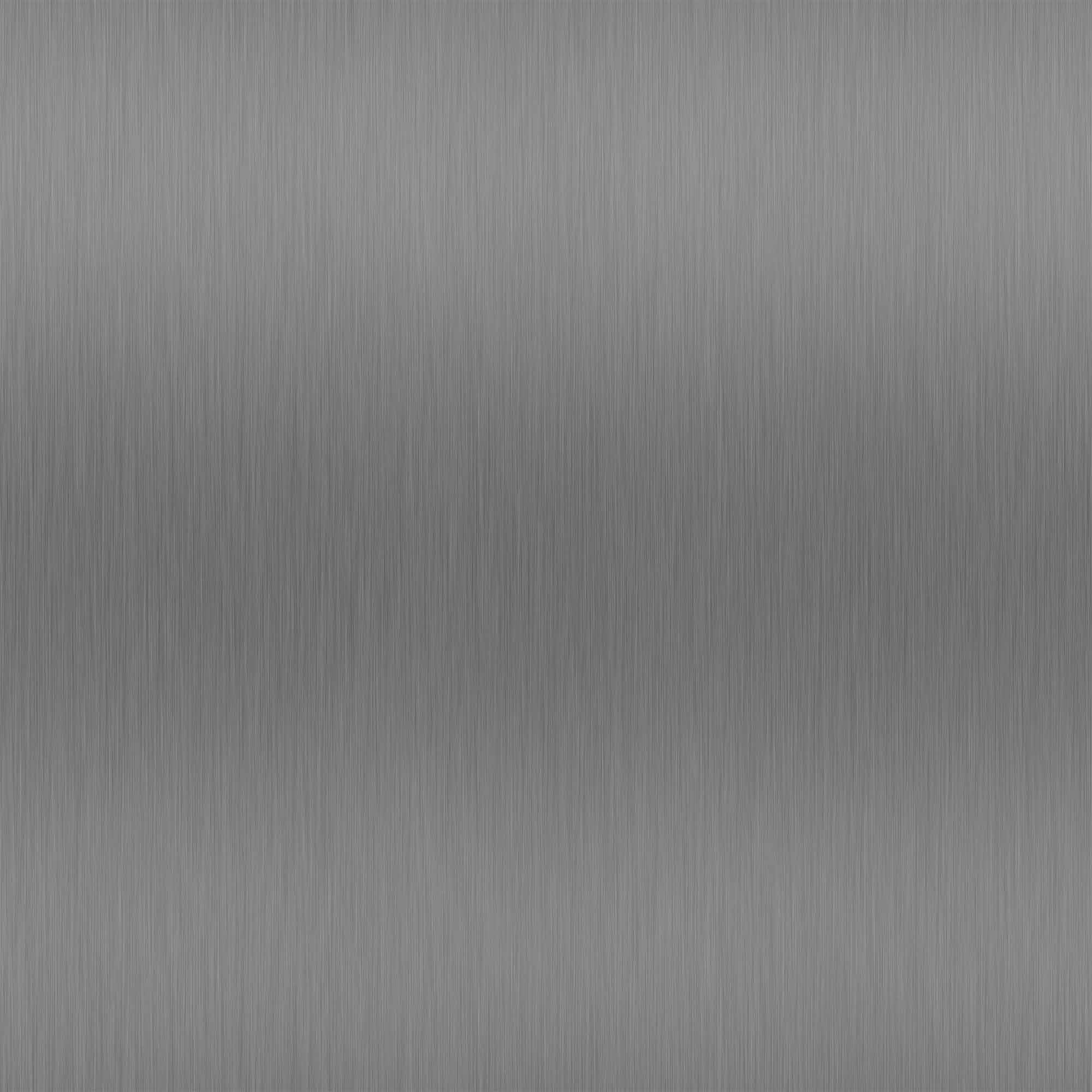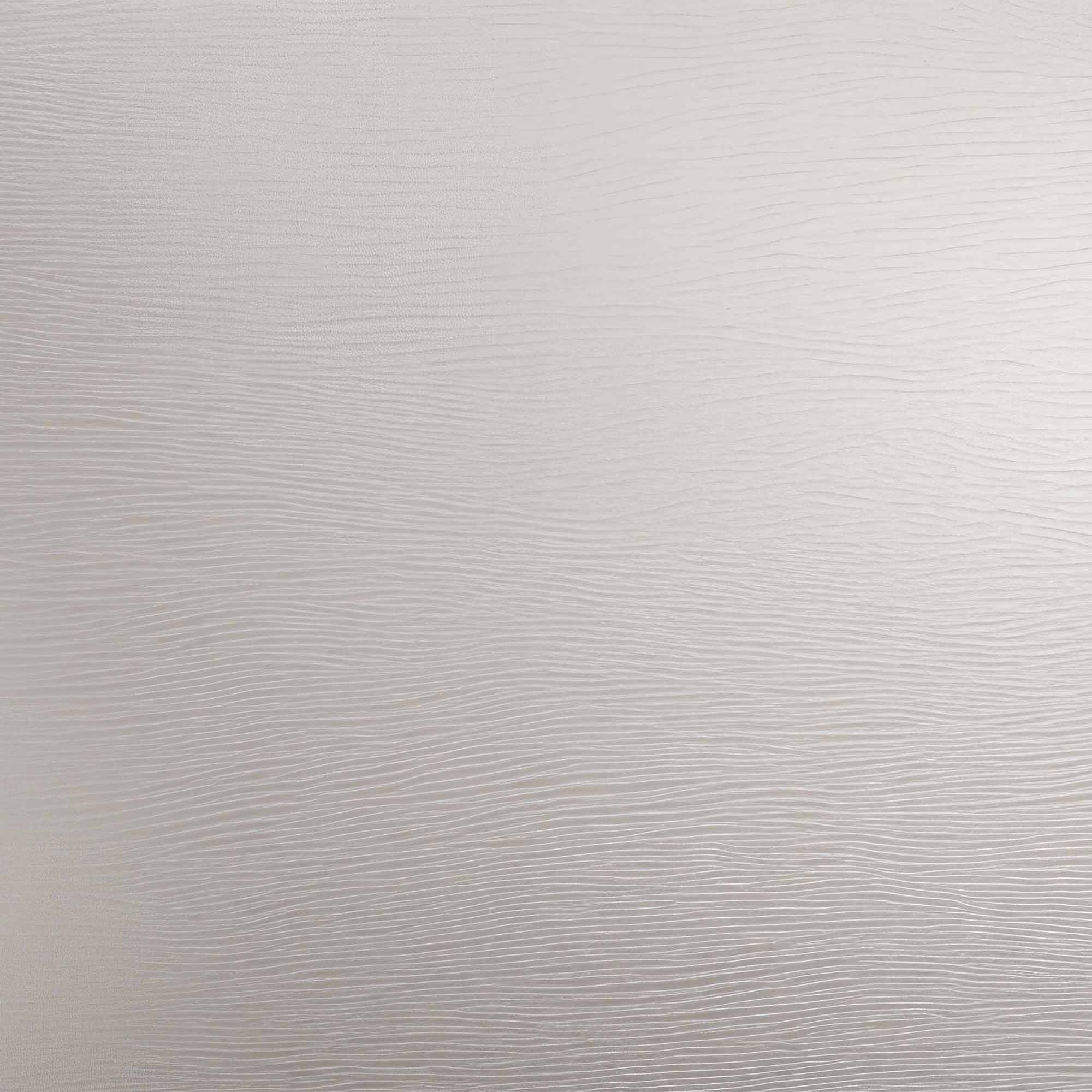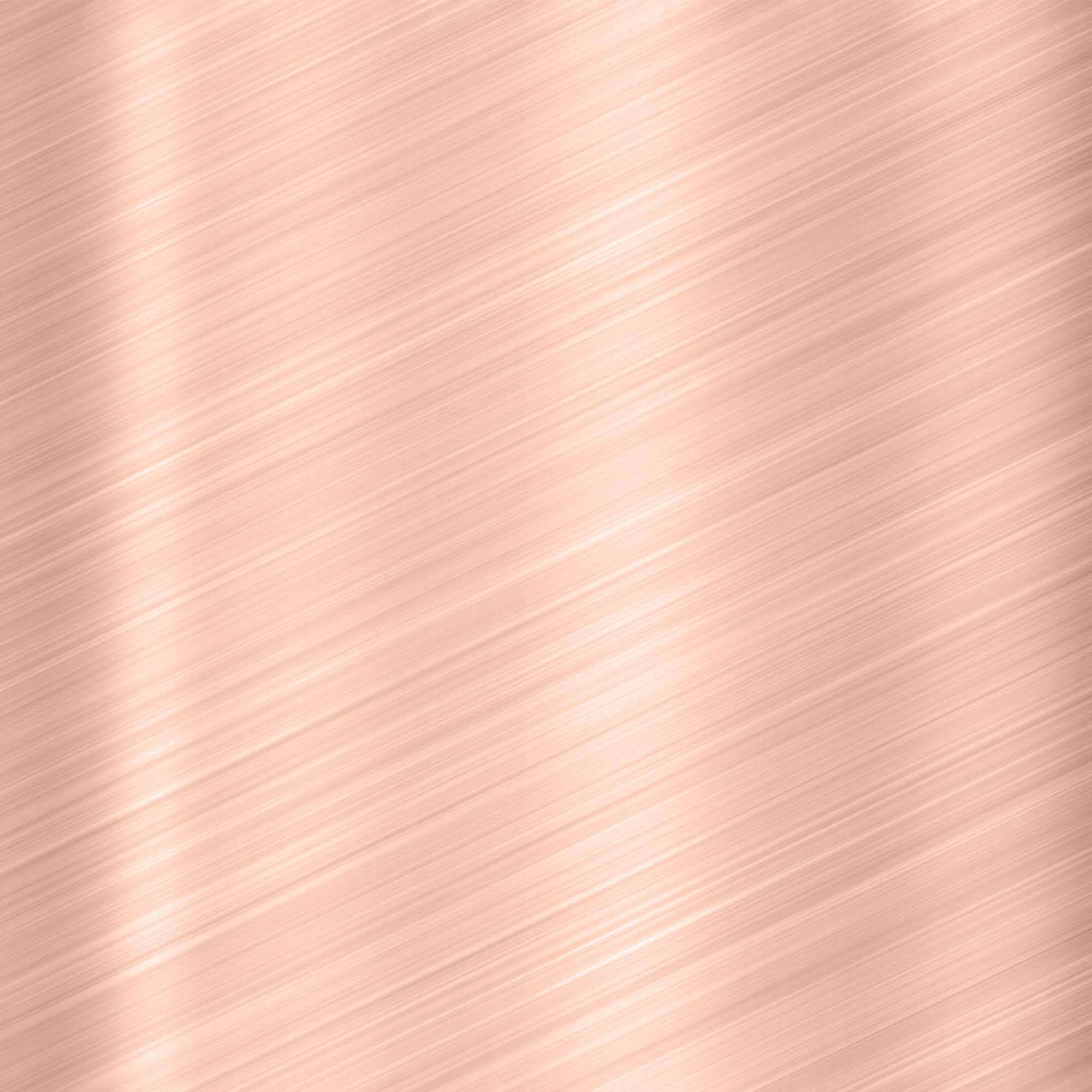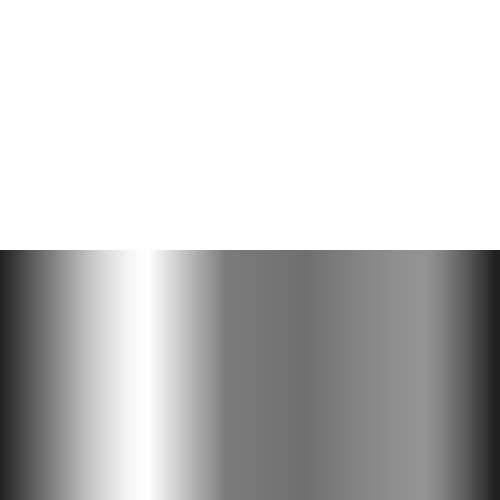Have a question? See below for some of our most asked
Tapware FAQ
A mixer is a single tap body and spout with generally one, but sometimes two handles or levers that ‘mix’ your hot and cold water beofre pouring out of the spout. These are great in kitchens for single handed use(if you have something in one hand). They are also easier to turn on that many standard taps therefore are sometimes recommended for people with arthritis or other physical impairments. Ultimately it is a matter of personal preference that will dictate which is ‘better’.
Ceramic disc are an alternative mechanism to the traditional washers (jumper valves). Ceramic discs are more expensive but they make taps much easier to operate, have a longer life and are guaranteed not to leak for a longer period.
Yes. You can purchase the wall taps on their own and select from many different types of showers to complete the set. The shower itself can be fixed from the wall or ceiling on an arm, or it can be a hand shower on an adjustable rail to suit the different heights of family members. Some of these adjustable rails are also made with
Vanities FAQ
Swellling at the bottom of your vanity means that water doesn’t drain away correctly and your vanity is sitting in pools of water that get drawn up into the board. Once started this cannot be reversed, however keeping your vanity off the floor (maybe on small ‘studs’ or feet) and ensuring proper drainage this should not happen. If drainage is an ongoing proplem you may consider a vitreous china basin and pedestal or a wall mounted vanity. Although many vanities come with special acrylic coatings to protect them against splashing, vanities should not be placed in any area where they are likely to receive regular and consistent exposure to water(for example up against a bath that is used everyday by playful toddlers).
Above counter basins require more glazing and processing than those that drop into the bench.
Baths & Spas FAQ
If you choose a spa bath, you’ll need an easily accessible place for the pump and/or blower should they ever need servicing. Usually, this is under the rim of the spa, on the front right or left hand side. However, you could place them in an adjacent cupboard or through the wall. Make sure you tell the sales staff precisely where you want the pump placed, so that it can be manufactured to your individual requirements. Also consider where you’ll place the spout for filling the spa with water. Spa spouts tend to be larger than ordinary bath spouts in order to fill the spa quicker and to overcome the wider lip on the edge of the spa. Bear in mind that spas use a great deal of water. In this era of major water conservation, you may feel uncomfortable about this.
If you want a shower over the bath, you may need to install a screen as a shield against splashing. A wide range of folding screens is now available.
Yes. Many, but not all spa ‘shells’ are available as a bath only. Check instore for specific models.
Shower + Bath Outlets FAQ
The shower itself can be fixed from the wall, but on an adjustable arm (usually known as a universal shower or a monsoon shower). Or it can be on an adjustable rail to suit the different heights of family members. These days, many people like the flexibility of having both a hand-shower and a fixed shower all in one. By fixing a bracket to the wall or the shower rail, the hand-shower becomes a normal shower, but once detached, becomes a fully-fledged handshower.
Modern showers have a number of options: massage, heavy spray, light spray, pulsating etc. They also vary in the amount of water they use. With water conservation at the forefront of everyone’s mind, showers which deliver less than 9 litres per minute will receive the highest water- efficiency rating.
Yes. You can purchase the wall taps on their own and select from many different types of showers to complete the set. The shower itself can be fixed from the wall or ceiling on an arm, or it can be a hand shower on an adjustable rail to suit the different heights of family members. Some of these adjustable rails are also made with.
Shower Systems FAQ
Perhaps the most important feature of the shower is that it should be fully sealed so that water cannot penetrate the concrete, brick or timber surrounds and cause extensive and expensive structural damage. Satisfy yourself that the installer will seal the shower and bath areas thoroughly and professionally.
Shower areas can be constructed in many different ways. You could have an acrylic shower base (available in a variety of sizes) and tiled walls, with a glass shower door. Or you could choose a complete shower enclosure, or shower modules (made from acyrlic, and in a variety of sizes.) which come together to form a complete unit. Ask the sales staff for the full range of options.
Many manufactures will sell the screens, bases or walls individually. Ask our sales staff for the full range of options. If purchasing the screen and base only, think about which way you want the shower door to hinge. If it hinges outwards, make sure you have enough room to get in and out of the shower, and that the shower door won’t hit anything else in the room (such as the corner of the bath or the toilet!)
Toilets FAQ
When choosing a toilet, it’s important to first establish the “set-out” required. The “set-out” is the distance from the wall to the centre of the waste outlet(for S-trap toilet pans where the waste is in the floor). The set-out can vary greatly depending on the age of the house. Most new homes will have a standard set-out of about 140-165mm, which will enable most toilet suites on the market to be installed. However, if the set-out is more than 200mm or less than 100mm, it will limit your choice in the type of toilet you buy. So, first check the set-out, then take the advice of the sales staff on the type of suite which best suits your needs.
Toilet suites come in a variety of styles. A close-coupled suite is one where the pan and the cistern are fully integrated to form one complete unit. There is little or no flexibility to vary the set-out. On the other hand, a “link suite” is one where the cistern and the pan are linked only by the flush pipe and by a plastic plate to conceal the flush pipe. The “link suite” therefore enables greater flexibility — the pan can be moved forwards or backwards to accommodate an unusual set out. Back-to-wall suites have clean lines which disguise traps. All new toilet suites sold in Australia must have a water saving rating. They should deliver no more than 6 litres of water on full flush and 3 litres on half flush. But most modern toilets are even more efficient, delivering as little as 4.5 litres on full flush.
Pans come in what’s called S-trap or P-trap. S-trap pans have the waste outlet in the floor, and are common in most Australian houses. P-trap pans have the waste outlet in the wall, and are most often used in high-rise buildings, hotels etc. Wall-hung pans are bolted to the wall and have a clearance underneath them.
Cisterns come in a range of styles and prices — from all china to plastic. You might also consider having a concealed cistern, which means it is placed in the wall and covered with a panel. Don’t forget, however, that you must allow access to this panel if you are installing a concealed cistern — just in case something goes wrong!
Cisterns also have what’s called a bottom or top (back) inlet This means the water enters the cistern at its base, usually from an outlet on the wall, or it enters the cistern at the top, via a specially designed hole at the back, so that it is concealed from view. Make sure your plumber knows whether you are installing a top or bottom inlet cistern, or you could find your water line is in the wrong place!
Kitchen FAQ
- Taps/Mixers may come out of the sink (one tap hole for a mixer or three tap hole for conventional sink set) or they may sit behind or beside the bowl. This is called ‘hob-mounted’ and you may need to have a larger spout (hob spout) to cater for the extra distance from the spout to the centre of the bowl. Wall mounted taps sets are also available (again with the longer spout to accommodate).
- Modern taps are available with the traditional washers or they may have ceramic discs. Ceramic discs make the taps much easier to operate, perfect for anyone with even slight hand movement impairment. They also have a longer life and are guaranteed not to leak for a longer period. All better quality mixers come with ceramic discs. Price will generally dictate the quality hence longevity of the ceramic disc.
- Water pressure is another consideration. In some instances, local authorities will make it a requirement that pressure limiting valves be fitted to reduce the risk of damage to the taps and causing a water leak. Isolating cocks may also be necessary. Your plumber or local water authority would be able to provide you with the precise requirements for your area.
- Anti-scalding devices are also being introduced to stop the risk of scalding and burning from hot water, especially to children and the elderly. Tempering valves are available which mix cold water with the hot before it comes out of the hot water tap. These can be set at a particular temperature to ensure that only warm, not hot water, comes out of the hot water tap. Ask our sales staff for more details.
- Kitchen sinks have evolved over the last few years just as the bathroom vanity has. ‘Commercial’, under counter and trough styles have become popular however the standard 1000mm to 1200mm sink with 1 ½ or 1 ¾ bowls is at this stage still the most widely used. Apart from needing to fit the available space, other things to consider when choosing your sink include; Which side do you require the drainer? What is going beneath (ie dishwasher)? Will you require specific accessories ie colander, drainers etc to fit into the bowl?
- The majority of sinks are now designed to accommodate single hole mixers. If you’d prefer a forward bowl sink set (standard taps and spout) contact your nearest Eagles Plumbing showroom.
Ovens : Kitchens are now the focus area in many homes, and as a result, the design of appliances has become as important as their functions when selecting. Single ovens can be wall mounted or under bench and for greater cooking capacity you might like to consider a double wall oven or 90cm models. The majority of ovens are electric however there are still some gas models available.
Uprights : Uprights are available in 54cm to 120cm models in electric, gas or dual fuel combinations.
Cooktops :Cooktops are made in a range of sizes, from 60cm to 90cm. Where gas is available (natural or LPG) gas cooktop and electric oven are the preferred combination. In electric models you have a choice of ceran (glass) or solid elements. Ask our salestaff to assist you with the models that will best suit your needs.
Rangehoods : When choosing a rangehood you need to take into consideration the overall design of your kitchen. If you have overhead cupboards you can select from universal, slide-out or extractor fan. As a feature, canopy rangehoods make a statement. Where possible, it is advisable to duct your rangehood.
Laundry FAQ
- There are generally two types of tap sets required for your laundry, one above the laundry tub and the other set for the washing machine. There are many basic styles available from plumbing trade suppliers that will suffice, however if your laundry is in a highly visible area or, purely as a personal preference, you may wish to match the tap styles with your kitchen or bathroom tapware. You can also choose from a large range of spouts for over your laundry tub.
- Modern taps are available with the traditional washers or they may have ceramic discs. Ceramic discs make the taps much easier to operate, perfect for anyone with even slight hand movement impairment. They also have a longer life and are guaranteed not to leak for a longer period.
- If you prefer to use a mixer instead of standard taps ensure that the tub you select will accommodate the in-cabinet plumbing and your installer is advised.
Laundry tubs are available with cabinets or as a flushline to be fit into your custom made bench. Sizes range from 35 litre to 70 litre capacity as single or double bowls.
Laundry tubs are either stainless steel or acrylic and cabinets can be colorbond or acrylic.
